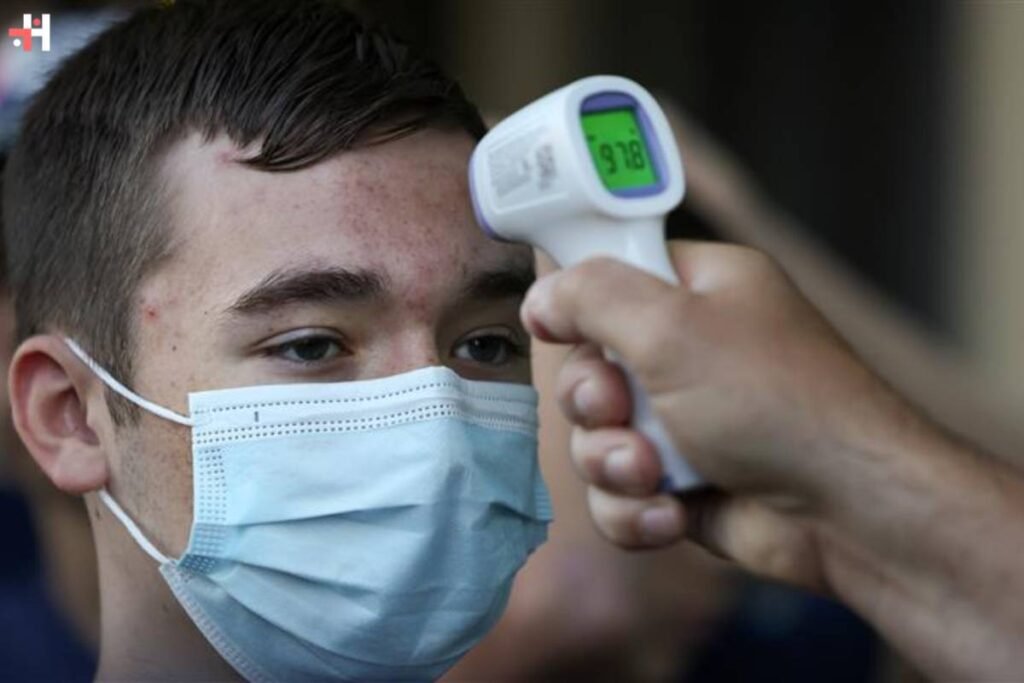Jan 22, 2024 (Reuters) – Recent estimates from the U.S. Centers for Disease Control and Prevention (CDC) reveal that the JN.1 subvariant of COVID-19 constitutes approximately 85.7% of cases in the United States as of January 19. The agency underscores that JN.1 continues to be the most prevalent variant of the SARS-CoV-2 virus, both in the U.S. and globally.
The Centers for Disease Control and Prevention (CDC) reassures the public that there is currently no evidence indicating that JN.1 leads to more severe disease outcomes compared to other variants. Additionally, existing vaccines are expected to provide increased protection against this specific subvariant.
Origins and Classification of Centers for Disease Control
JN.1 traces its lineage back to BA.2.86 and was initially categorized as a “variant of interest” by the World Health Organization in December. The classification recognizes its distinct genetic makeup and emphasizes the need for ongoing monitoring and research.
Recent projections mark a notable increase in JN.1 prevalence compared to earlier estimates. The predicted range of 83% to 88% surpasses the agency’s projections from January 5, which estimated a prevalence of 55% to 68% of cases in the U.S. These findings highlight the subvariant’s escalating dominance within a short span.
The Centers for Disease Control and Prevention (CDC) continues to emphasize the importance of monitoring and understanding emerging variants to inform public health measures and vaccination strategies. As the situation evolves, ongoing research and surveillance remain critical tools in the global effort to curb the impact of COVID-19.
New Covid-19 variant JN.1 detected: All you need to know
Impact on Vaccination Strategies
With JN.1 becoming the predominant strain, the Centers for Disease Control and Prevention (CDC) underscores the resilience of currently available vaccines against this subvariant. While breakthrough infections may occur, the agency asserts that the severity of illness in vaccinated individual’s remains significantly lower compared to those without vaccination.
Beyond the U.S., JN.1 maintains a significant presence globally. The CDC’s surveillance aligns with international efforts to track and understand the behavior of different SARS-CoV-2 variants. This collaborative approach aids in the development of targeted strategies to control the spread of COVID-19 on a broader scale.
The dynamic nature of the virus necessitates continuous monitoring and research efforts. The Centers for Disease Control and Prevention (CDC) , along with global health organizations, conducts thorough analyses of variant characteristics, transmissibility, and potential impact on public health measures. This information guides policymakers in adapting strategies to mitigate the effects of the ongoing pandemic.
Public Awareness and Preparedness
As JN.1 accounts for an increasing proportion of COVID-19 cases, public awareness remains crucial. Transparent communication from health authorities ensures that individuals are well-informed about the evolving situation, promoting adherence to preventive measures and vaccination efforts.
The identification of JN.1 as the predominant subvariant underscores the ever-changing landscape of the COVID-19 pandemic. While challenges persist, the collaborative efforts of health organizations, researchers, and the public contribute to a collective response aimed at overcoming these challenges. Ongoing vigilance, research, and adaptation of public health strategies will be pivotal in navigating the complexities of emerging variants and working toward a future with reduced COVID-19 impact.










